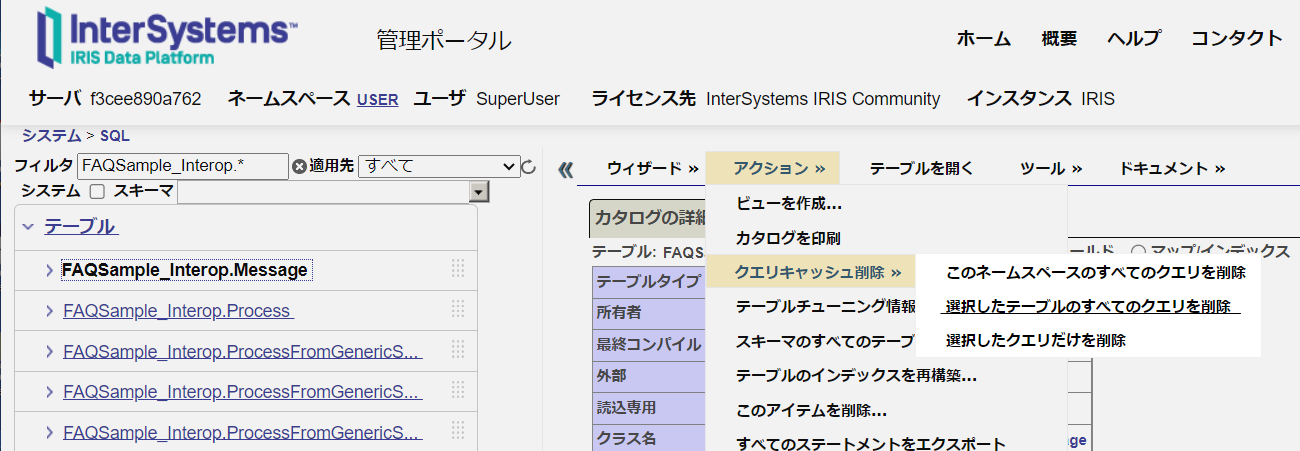Hi community,
The aim of this article is to explain how to create messaging between IRIS and Microsoft Teams.
In my company, we wanted to monitor error messages, and we used the Ens.Alert class to redirect those error messages through a Business Operation that sent an email.
The problem was that we sent those error messages to a support account where there were many emails. We wanted something specific for a specific team.
So we investigated how to make these messages reach the development team directly and they could have, in real time, a notification of an error in our production.
In our company we use Microsoft Teams as a corporate tool, so we asked ourselves: How could we make these messages reach the IRIS development team?
Previous steps
Please, expand to know how to configure your teams with the app Incoming Webhook.
Note: Webhook link is divided in two parts. Server and URL, remember this when you going to configure the component.
https://YOURCOMPANY.webhook.office.com/webhookb2/40cc6704-1bc5-4f87-xxxx-xxxxxxxxf@5xxxxxa-643b-47a3-xxxxx-fc962cc7cdb2/IncomingWebhook/6f272d796f1844b8b0b57b61365f8961/2ff46079-ee4a-442b-a642-dc418f6c67eeServer: YOURCOMPANY.webhook.office.comURL: /webhookb2/40cc6704-1bc5-4f87-xxxx-xxxxxxxxf@5xxxxxa-643b-47a3-xxxxx-fc962cc7cdb2/IncomingWebhook/6f272d796f1844b8b0b57b61365f8961/2ff46079-ee4a-442b-a642-dc418f6c67eeCalling to webhook API
The Incoming Webhook app admits the Office 360 connector cards. You can create your card using the adaptivecard designer.
So, I've designed a card to display a error message (Ens.AlertRequest).
.png)
Using this schema, You can create the message using the messages of St.Teams like this
set class=##class(St.Teams.Msg.Adaptive.Request).%New()
set class.Type = "message"
set attach = ##class(St.Teams.Msg.Adaptive.Attachment).%New()
set content = ##class(St.Teams.Msg.Adaptive.Content).%New()
set container = ##class(St.Teams.Msg.Common.Item).%New()
set container.Type = "Container"
set item1=##class(St.Teams.Msg.Common.Item).%New()
set item1.Type = "TextBlock"
set item1.Text = "Unhandled error"
set item1.Weight = "bolder"
set item1.Size = "Medium"
set item2=##class(St.Teams.Msg.Common.Item).%New()
set item2.Type = "TextBlock"
set item2.Text = "St.Teams.BO.MainProcess"
set item2.Weight = "bolder"
set item2.Size = "small"
set item2.IsSubtitle = 1
set item3=##class(St.Teams.Msg.Common.Item).%New()
set item3.Type = "TextBlock"
set item3.Text = "ERROR <Ens>ErrFTPListFailed: 'Unable to open data connection to 127.0.0. on port 8080',código=425)"
set item3.Wrap = 1
set factSet=##class(St.Teams.Msg.Common.Item).%New()
set factSet.Type = "FactSet"
set factItem1 =##class(St.Teams.Msg.Common.FactItem).%New()
set factItem1.Title = "SessionId"
set factItem1.Value = "111"
set factItem2 =##class(St.Teams.Msg.Common.FactItem).%New()
set factItem2.Title = "Time"
set factItem2.Value = "2024-02-28 11:00:15"
do factSet.Facts.Insert(factItem1)
do factSet.Facts.Insert(factItem2)
do container.Items.Insert(item1)
do container.Items.Insert(item2)
do container.Items.Insert(item3)
do container.Items.Insert(factSet)
do content.Body.Insert(container)
set attach.Content = content
do class.Attachments.Insert(attach)it creates the Json to call to the Webhook. But we want to create the message from a Ens.AlertRequest message, the best way is using a Data Transformer.
.png)
Then, the rule of your Ens.Alert should be like this:
.png)
It transform the Ens.AlertRequest using the St.Teams.DT.EnsAlertToAdpativeRequest and send it to St.Teams.BO.Api.Teams.
Then you recive the message directly into your Teams group.

I hope it is as useful to you as it has been to us.

.png)
.png)
.png)
.png)
.png)
.png)
.png)
.png)
.png)
.png)
.png)

